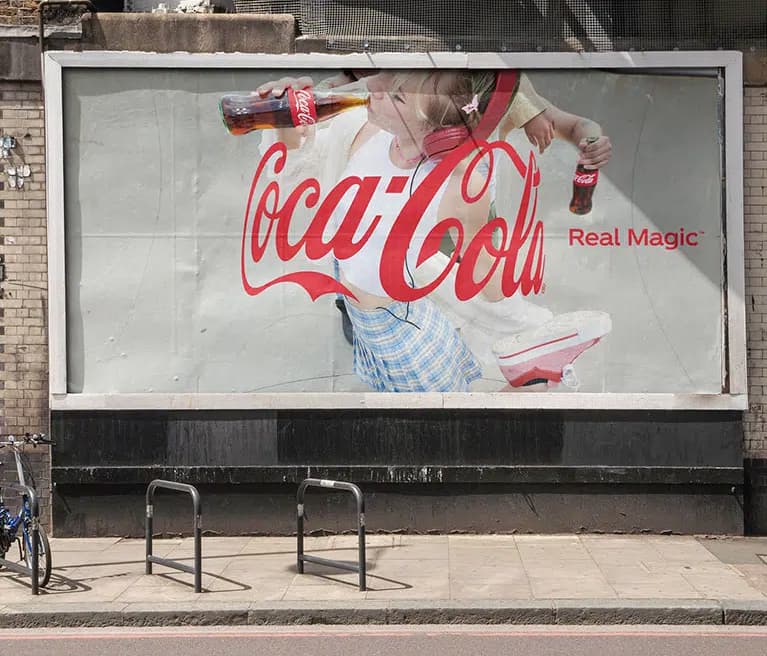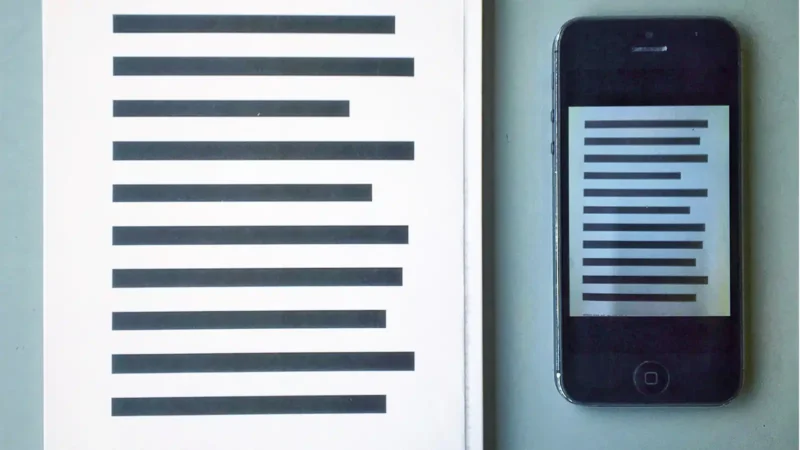Media Synergy
Explore how media institutions use a combination of media forms to engage their target audience.
Definition
Media synergy is the impact of using a cross-media approach to engage the target audience. This strategy is used by most companies involved in the cultural industries.
Advertising agencies believe the interplay of different media forms will communicate the company’s message more effectively than a single platform campaign. For example, linking advertisements in a glossy magazine to television commercials can generate more interest in the product or service.
Most online stores post updates and offers on their various social channels to direct users to their website to make a purchase. Although the message will be encoded very differently on a TikTok post compared to the conventions of an Instagram post, the combination of media forms will have a more substantial influence on consumer behaviour compared to the advertisement appearing on just one channel.
A government agency might use a multiplatform strategy to highlight an important issue because online advertisements have the potential to reinforce a traditional broadcast campaign. Or corporations and franchises will take an integrated marketing approach to simply raise brand awareness, so you will see their slogans on billboards, television slots and social media feeds.
It is important to note media synergy often involves more than one company.
Contents
Case Study
Coca-Cola refreshed its branding in 2021 which included an update to the iconic logo and a global campaign to support the new visual identity. Inspired by the way the signature trademark wraps around bottles and cans, the creative agency wieden+kennedy curved the logo to connote a hug:

According to Manolo Arroyo, Coca-Cola’s chief marketing officer, the new tagline “One Coke Away From Each Other” signifies our “common humanity” and “embodies all that is special about the brand”.
Developed by BETC London, the campaign began with a moving image advertisement:
This battle between orc armies could be considered a disequilibrium in Todorov’s narrative theory with the violent and brutal world repaired by the player drinking Coke and the soldiers laying down their weapons. The new equilibrium emphasises the company’s message to “choose a more human way of doing things by embracing our unique perspectives”.
The advertisement uses star power by featuring three well-known gamers: Alan Walker, Aerial Powers and Average Jonas. These opinion leaders help communicate Coca-Cola’s message to their followers.
It is easy to miss to the gamification in the advertisement, but audiences can participate by searching for the 25 codes hidden in the film. Other codes can be discovered in the gamers’ livestreams on Twitch.
The advertisement was played on cinema screens and in television slots. Of course, you can still view the text on YouTube. The marketing campaign also used traditional posters, the print ads you see on public transport, and billboards.

The slogan “real magic” was used as a hashtag on Twitter where users could post their reactions and comments.
Finally, Coke engaged the global design community KnownUnknown to respond to the real magic concept. The photographers, artists and illustrators created realistic depictions and more abstract variations of the brief.
This comprehensive combination of print, digital, moving image and participatory media epitomises the concept of media synergy.
Simultaneous Synergy
We have always multitasked with media. Do you leave the television on in the background for its ambient noise when you are at home flicking through your social media feeds? Have you ever followed a walkthrough video on YouTube to help you progress to the next level in a computer game? Are you listening to music while you read this introduction to media synergy?
However, proper simultaneous synergy can provide a deeper experience with the product or service.
For example, lots of racing fans subscribe to F1 TV Access so they can receive live telemetry data and driver tracking information while they watch the race on television. They might also participate in a live discussion on social media or internet forums. Will the fresh set of tyres be enough for a driver to overtake their rival in the final laps?
Henry Jenkins labelled this process organic convergence and the intense consumption of a media text is part of his definition of fandom. You might also want to look at the difference between active and passive consumption in our introduction to audience engagement theory.
Sequential Synergy
Consider the football fan who watches the match live on television and then reviews the result by looking at the key statistics on a sports app on their phone. Their team was never going to win with 48% of possession and long balls up the field.
Advertisers appreciate the value of cultivating a message on different platforms. A print ad linked to a television campaign will improve its chances of being read and understood by the consumer, especially if they contain the same visual elements and lexical codes. The joint exposure will also help the audience process the information because one message reinforces the other.
You might see a post on Twitter and click a link to the full article on another platform. Or a QR code on a billboard might direct you to the company’s website.
Perhaps you begin reading a physical copy of a novel on your commute home, read the digital version in bed because you prefer the dark mode on your Kindle, and then finish off a chapter by listening to the audiobook when your eyes begin to close.
This consumption of a media text by moving from one form to the next is known as sequential synergy.
Directional Synergy
When there is synergy between different media forms, one medium is likely to have a greater impact on the audience than the other format. For instance, an advertisement on television might be more persuasive than its print counterpart in convincing the consumer to purchase the product or service. Although someone might be watching an important political event on live television, they could be more focused on reading the latest comments and opinions on Facebook.
Put simply, directional synergy acknowledges one media form will probably be more dominant than the others.
Negative Synergy
Some combinations of media synergy might actually be less effective than single-source messages. It makes no sense to watch a music video on YouTube while streaming the same song on Spotify. Perhaps a company’s brand values are lost because there was no real connection between the print and online campaigns. Or the plot of a film has been ruined by the various trailers and posters.
Sometimes the cross-media approach actually reduces audience engagement and deflates the company’s message.
More from Media Industries
The media industry shapes what content gets made, who controls it, and how it reaches audiences. The following posts explore the structures, economics, and power behind media production.







